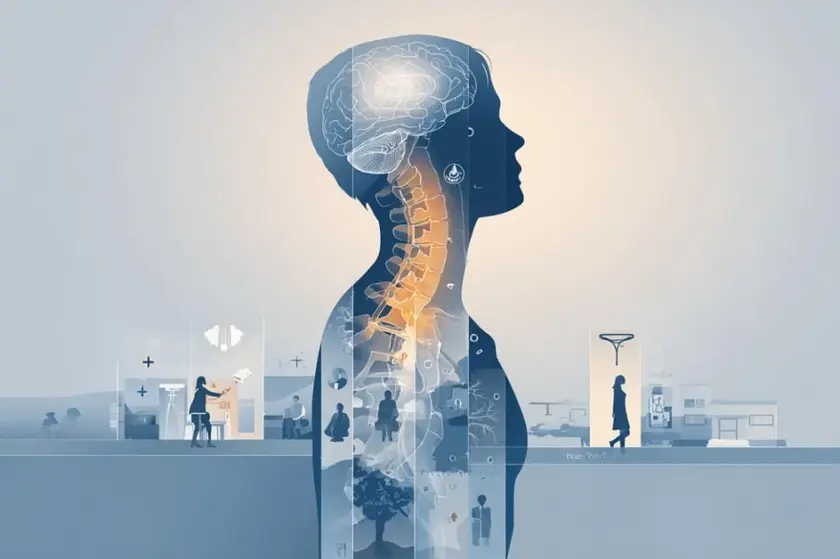T4K3.news
Eight warning signs anxiety slips into a disorder
A health guide explains how anxiety can become a disorder and what signs to watch for, with expert guidance on when to seek help.

A health guide explains how anxiety can become a disorder and what signs to watch for, with expert guidance on when to seek help.
Eight warning signs anxiety slips into a disorder and how to beat it
A health guide explains how anxiety can move from normal worry to a disorder. It defines anxiety as the body’s alarm system stuck on, a state different from fear. It explains the brain’s stress system, the HPA axis, and how chronic stress can keep the body in a state of high alert even when there is no real danger. The piece stresses that a period of stress or trauma, especially in early life, can make the system more likely to stay activated.
Key Takeaways
"Anxiety is the body’s alarm system being stuck in the on position"
Definition of anxiety used in the article
"The nervous system remains on high alert, even in the absence of real danger"
Physiological impact described by the expert
"Talking therapies can be very helpful"
Clinical guidance on treatment
"If anxiety is interfering with day-to-day functioning, it is important to seek treatment"
Guidance for action
The article uses a medical frame to discuss mental health, which helps readers understand concrete signs and options. It also raises questions about how we describe everyday fear versus disorder and about access to care after a diagnosis. The piece notes global prevalence and emphasizes screening tools and therapies, which can encourage people to seek help rather than hide their struggles.
Highlights
- Anxiety is the body's alarm system stuck in the on position
- The nervous system remains on high alert even when danger is not real
- Talking therapies can be very helpful
- Seek treatment if anxiety interferes with daily life
Mental health framing requires careful handling
The piece discusses medical conditions and treatment options, so care is needed to avoid stigma or misinterpretation. It also mentions demographic groups that could be misunderstood.
Awareness should lead to support, not stigma.
Enjoyed this? Let your friends know!
Related News

Warning signs of mounting anxiety outlined by therapist

Military eating disorders risk to readiness

Cocaine addiction leaves man with rotted nose and deafness

Study Reveals Early Signs of MS Emerge Years Prior to Diagnosis

Family faces horror after hotel buffet meal in Gran Canaria

Early signs of multiple sclerosis identified in new research

Research reveals earlier signs of multiple sclerosis

Survivor speaks out on trafficking and neurodiversity
